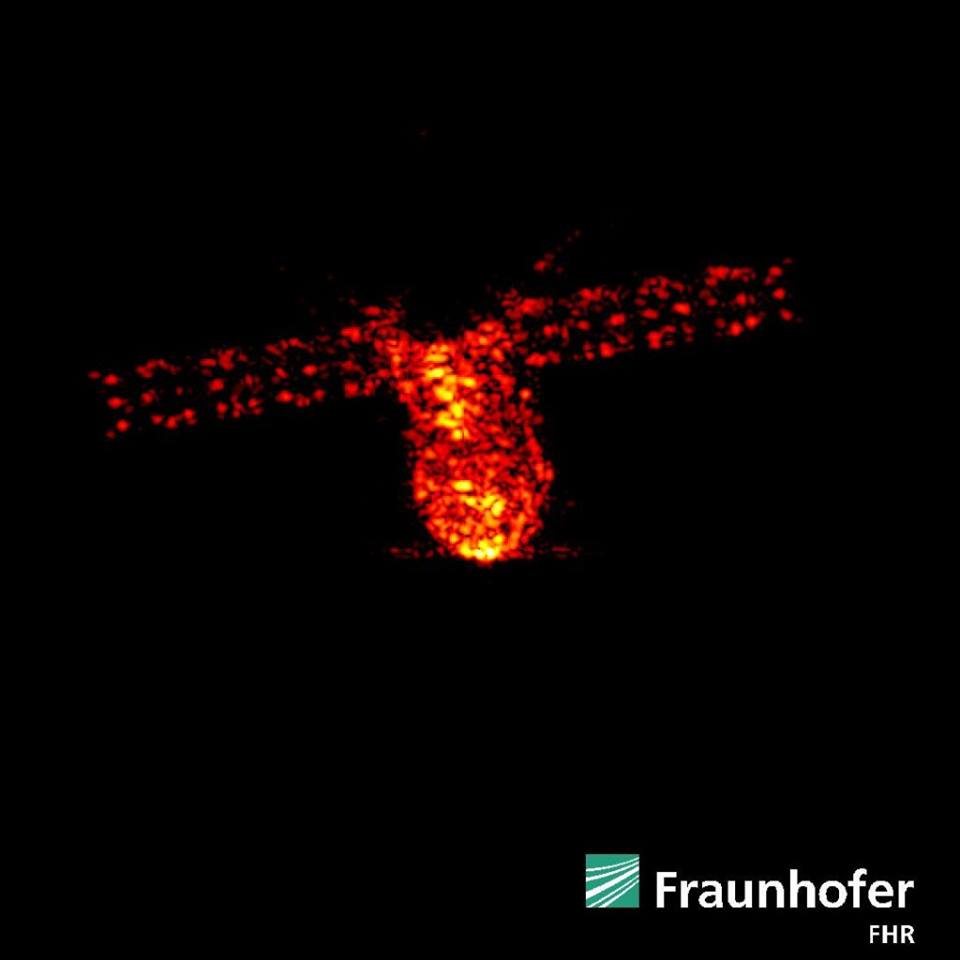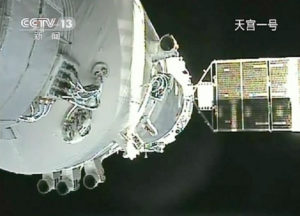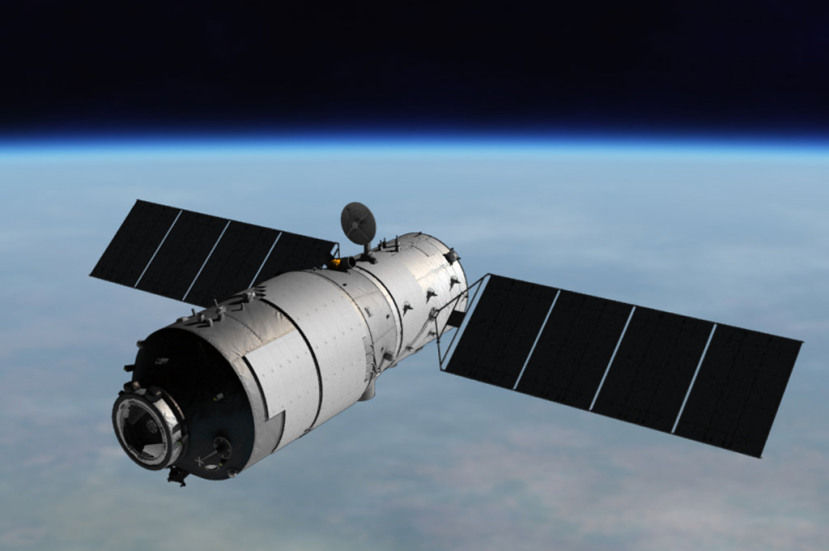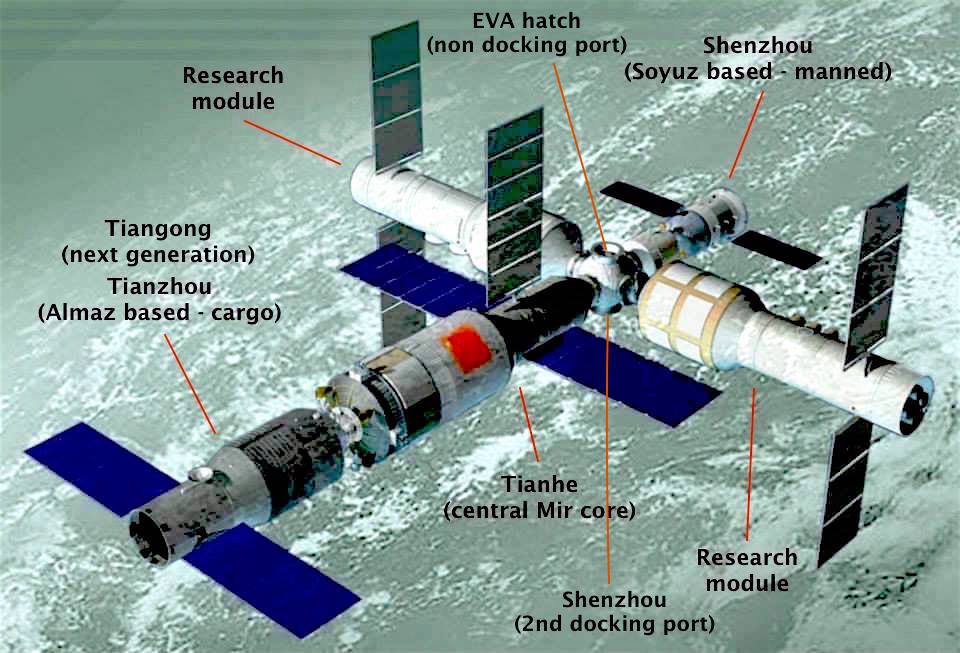The past week, before its demise in the atmosphere over the South Pacific Ocean, Tiangong-1 was, naturally, the subject of quite a bit of news coverage. Of course, that meant commentary from the peanut gallery, as they say – everyone decided to toss out a comment, or a question. While some were intelligent, many just plain weren’t. While some aspects can be excused by the fact that not everyone knows much about the politics or nature of space stations, satellites, etc, many of these questions could have easily been answered with a search on Google, or some common sense. Other points people brought up were just the commenters trying to play the propaganda game with their chosen organizations / nations in the space industry, something I just can’t stand.
On a serious note, I do understand many people just do not really know much about the subject and don’t mean to insult them. However, there is a fine line between people who are asking an honest question (that may be easy to find the answer to) and someone who just wants to be a jerk about things.
Let’s get into a few of them. I’m going to paraphrase the comment types here, not use exact comments so that I can keep things general yet still make a point, where I feel I need to.

Radar image of Tiangong-1 taken on April 1st. Quite possibly the last image that will be taken of the station.
How could they let it fall / Why don’t they bring it down / Of course, it’s Chinese…
These were the most common general types of comments among people who generally don’t follow space news, or follow very casually. That, and people who are just wanting to be general jerks.
These comments show an absolute lack of comprehension on a simple fact of life: things fail. Even redundant systems can, under an unfortunate set of circumstances, fail, and this is what happened on Tiangong-1 while it was in standby – from what we can gather, telemetry and communications systems failed on the station, meaning it could no longer receive commands from ground stations on Earth. That’s it, game over – obviously attempts to regain control of the station were made, but there isn’t much you can do when systems fail – not without increased risks to a crew you would have to send up to somehow, possibly, fix the station. If it was even in a reparable state!
To put it simply, it couldn’t have been brought down, not under any control. Had it not failed, it could have been but many didn’t even realize that communications and control had been lost with the station
Lastly, to insult China over the station is just pathetic and childish. The Chinese space program is actually quite respectable, all things considered, and their equipment is certainly as fine as any other nations. Russia lost control of several stations over the years, and it isn’t like the United States hasn’t had much worse happen thanks to engineering flaws or other mistakes made by humans. To say it was lost because it was “made in China” is a terrible joke with no punch line.

Tiangong-1 during docking operations in 2011
Where is the crew?
There hadn’t been a crew on Tiangong-1 since 2013 – it only had 2 manned missions, as part of its function as a prototype space station. The crews went up, did their missions, and came back safely, and after that the station was put into standby. That simple.
This is one of those questions that a simple Google search would have answered. Hell, Wikipedia is all you would need for all of this honestly, but I digress.
Not a bad question, but an easy one to find the answer to.
Who pays for the damage / why don’t they just shoot it down / blow it up?
Okay, had it actually landed and done damage, technically speaking, China would be responsible. Now, getting them to pay would be another story – hell, the U.S. refused to pay the littering fee given to us from the town that parts of Skylab crashed into. Seriously, look it up.
As for just “shooting it down” or otherwise destroying Tiangong-1 on orbit, all that would have resulted in is a massive cloud of debris spawning from the destroyed space station, that debris posing a danger to much of anything in its path, and making current launch operations that much more difficult – instead of one easily trackable object to avoid, there would now be possibly thousands of small hard to track ones all on their own similar but still unique orbits. No, blowing it up won’t magically make it just fall out of orbit – gravity doesn’t work that way.
A history of space debris impacts on satellites and other spacecraft have shown producing more debris is a very bad idea.

Why don’t NASA / SpaceX help?
This one was somewhat common on the NASA comment, but one person who asked this same question also decided to bring up the oh-so-perfect SpaceX in the proposition.
So, you think NASA (or SpaceX) could somehow “save” or otherwise “take control” of Tiangong-1? Okay, let’s go through what that would require.
- A spacecraft that can be controlled remotely and navigate to Tiangong-1.
- A docking system compatible with that of Tiangong-1, which uses it’s own system which is not the same as that used on the International Space Station.
- A system capable of controlling this spacecraft well enough to dock with the uncontrolled, un-powered, tumbling space station.
- Once docked, this vehicle somehow needs to have fuel reserves to somehow stabilize the station, and also conduct whatever operations might be wanted – for example, de-orbit the station over a specific point.
The entire proposition is insane on it’s own merit – while yes, it’s technically feasible (and in fact, was done with Salyut 7 back in the 80′s) such an operation would be incredibly risky with a crewed vehicle. That’s all ignoring the fact that a special craft would have to be rush-built to conduct this operation… and no, the Spacex dragon couldn’t have done it. Don’t kid yourself.
There’s one last aspect that makes this idea completely absurd: The Chinese Exclusion Policy of NASA.
NASA literally could not conduct such an operation at all, even if they wanted to. They are forbidden thanks to our government’s policy regarding such teamwork. This is also why there are no Chinese nationals or spacecraft involved with the International Space Station.
Again, that’s one of those things that a good Google search, or a reading of Wikipedia regarding Tiangong-1 and 2 would have hinted at.
So, yeah, I just wanted to kind of tear into those points, since seeing them pop up in comment after comment really showed the absolute lack of knowledge that most people have on anything space related.

Artists rendering of the Tianhe space station concept.
